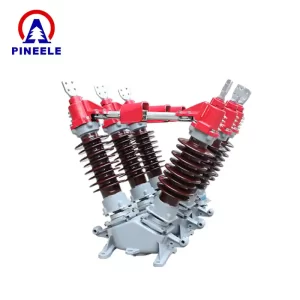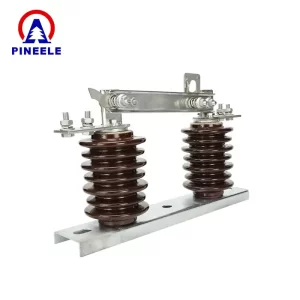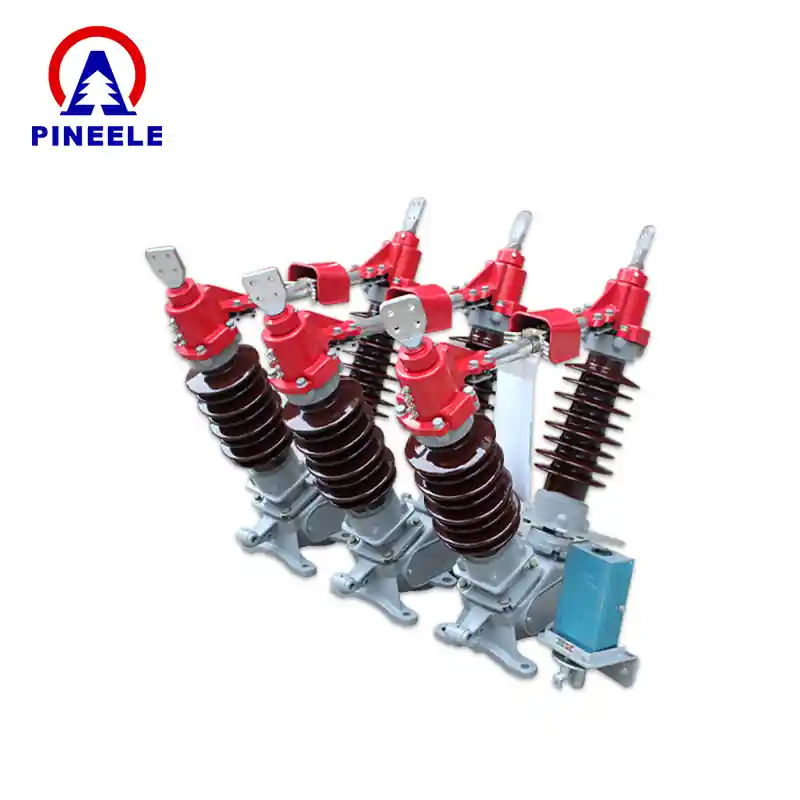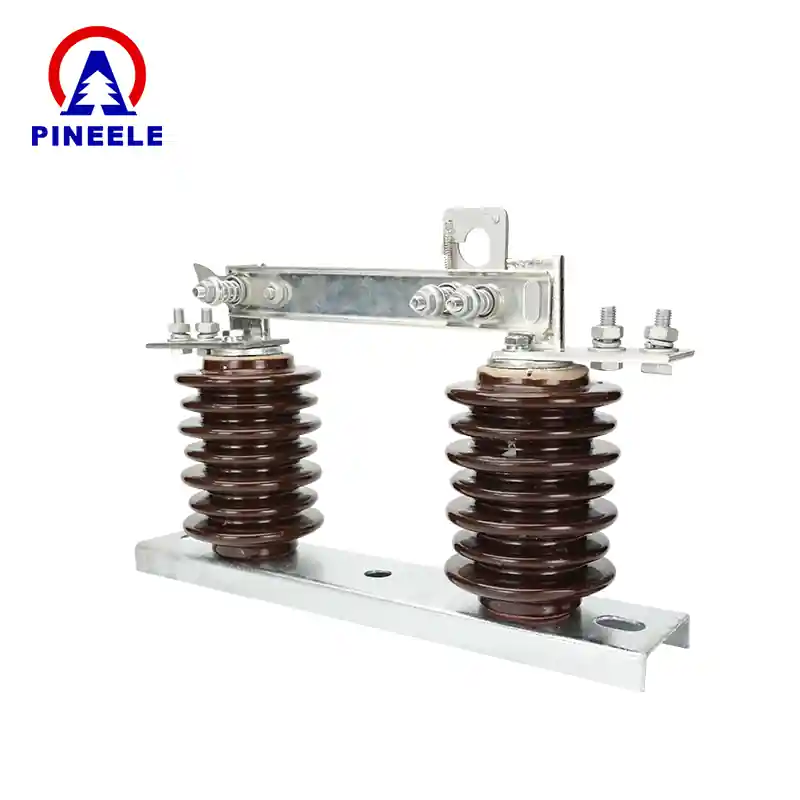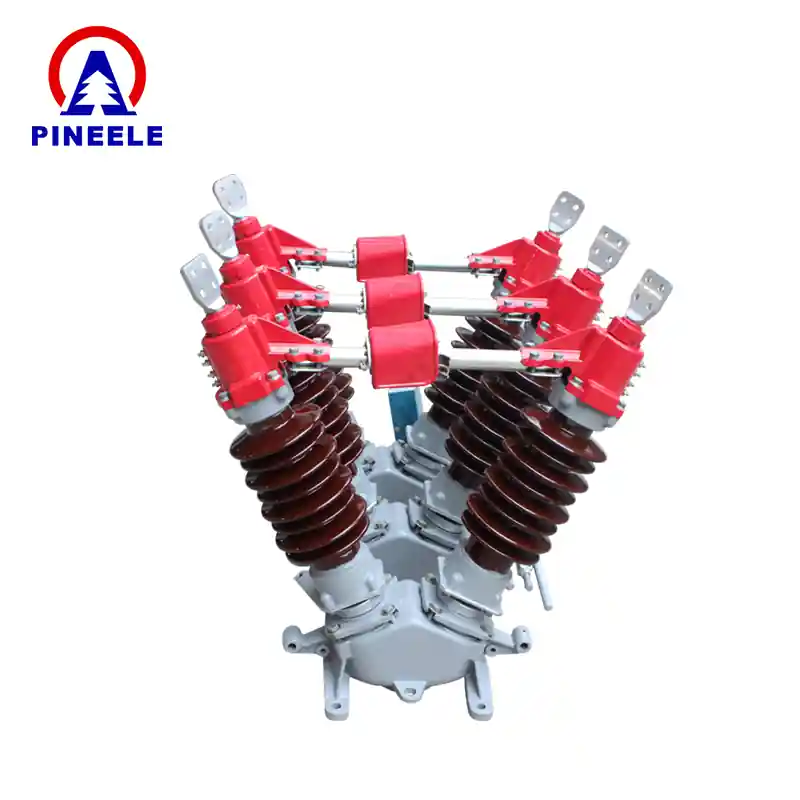
High Voltage Disconnect Switch
AHigh Voltage Disconnect Switchis essential for isolating electrical circuits in substations and power systems. It ensures safety during maintenance and prevents electrical faults.
Key Features:
Suitable for11kV to 800kVsystemsManual, motorized, or automaticoperationWeather-resistantfor outdoor/indoor use Providesvisible isolationfor safety
Applications:
Substations & transmission lines
Industrial & renewable power systems
Railway electrification
Reliable and durable,High Voltage Disconnect Switchesimprove power system safety and efficiency.
High Voltage Disconnect Switch Types: A Concise Overview
High Voltage Disconnect Switches(isolators) are vital for safe electrical circuit isolation during maintenance. They open circuits under no-load conditions and come in various types to suit different needs. Mounting configurations includeHorizontal Center Break(widely used, robust),Vertical Break(space-saving),Pantograph(compact, for GIS), andKnee Break(compact, clear break). Each type is designed to meet specific spatial constraints and operational requirements, ensuring efficient and reliable system performance.
Based on operation, there areManually Operated(simple, infrequent use),Motor-Operated(remote control, automation), andPneumatically Operated(fast operation). Blade configuration distinguishes betweenSingle Break(common) andDouble Break(enhanced isolation). The choice between these options depends on system voltage, fault withstand capacity, and maintenance accessibility.
Selecting the correctHigh Voltage Disconnect Switch Typeis crucial for safety and efficiency, considering factors like space, operation needs, and voltage levels. A well-chosen disconnect switch not only enhances operational flexibility but also minimizes downtime, contributing to the overall stability of the power grid.
Introduction to High Voltage Disconnect Switch
High Voltage Disconnect Switches are essential components in electrical power systems, primarily used for isolating circuits and equipment for maintenance or emergency shutdowns. These switches ensure a safe and visible disconnection point, preventing accidental energization and protecting personnel.
Key Features of High Voltage Disconnect Switches
Designed to operate in high-voltage environments, these switches provide robust electrical insulation, high mechanical endurance, and reliable operation under extreme conditions. Depending on the installation requirements, they can be manually, motor, or pneumatically operated.
Applications in Power Systems
High Voltage Disconnect Switches are widely used in substations, power generation facilities, and transmission networks. They are crucial for isolating transformers, circuit breakers, and busbars, ensuring safe maintenance and system reconfiguration when needed.
Types of High Voltage Disconnect Switches
Various types of High Voltage Disconnect Switches are available to meet specific operational needs, including:
- Single-Break Disconnect Switch:Uses a single interruption point to disconnect the circuit.
- Double-Break Disconnect Switch:Features two breakpoints for improved insulation.
- Vertical Break Disconnect Switch:Designed for compact installations where vertical operation is preferred.
- Center-Break Disconnect Switch:The most common design, where both arms move simultaneously to disconnect.
- Pantograph Disconnect Switch:Used in high-current applications with a compact footprint.
Technical Parameters to Consider
When selecting a High Voltage Disconnect Switch, it is important to evaluate the following parameters:
- Rated Voltage:Determines the maximum operating voltage.
- Insulation Level:Ensures protection against electrical surges and weather conditions.
- Mechanical Endurance:Defines the lifespan based on the number of operations.
- Rated Short-Time Current:Indicates the switch's capability to withstand fault currents.
Advantages of High Voltage Disconnect Switches
Using a High Voltage Disconnect Switch enhances the safety and efficiency of power systems. The key benefits include:
- Enhanced Safety:Provides a visible isolation point to prevent unintended re-energization.
- Reliable Performance:Designed for long-term operation with minimal maintenance.
- Flexibility in Design:Disponible en diferentes configuraciones para adaptarse a varios requisitos del sistema.
Los interruptores de desconexión de alto voltaje son componentes vitales en la infraestructura eléctrica, lo que garantiza una operación segura y confiable en redes de alto voltaje.

